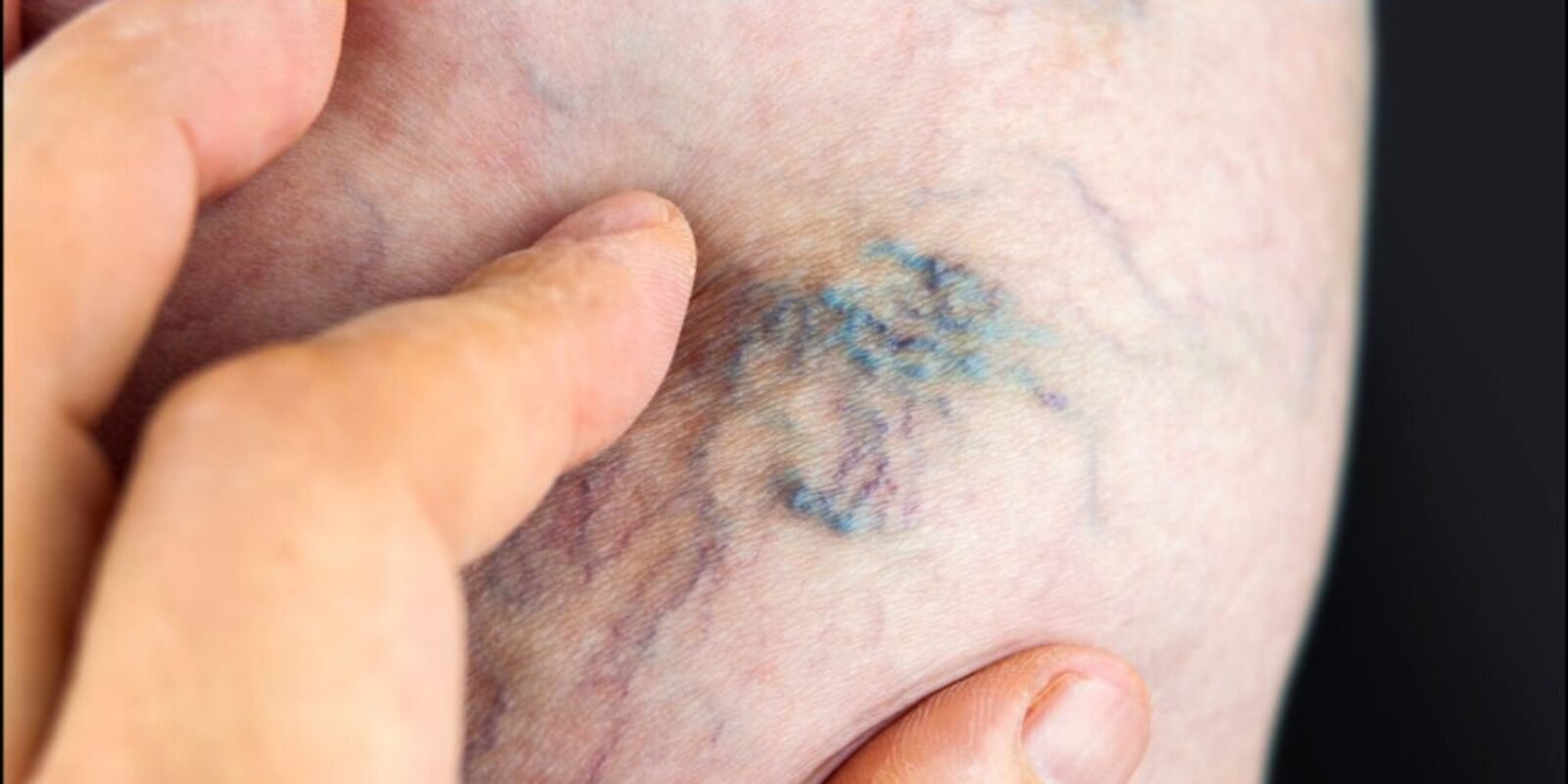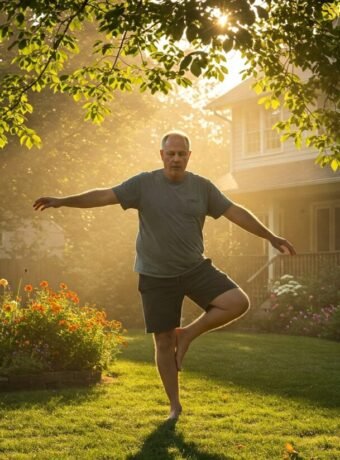Varicose veins are a common condition that plagues many, especially as they are getting older. These enlarged and twisted veins not only cause discomfort but also affect the appearance of the legs.
Today, we will examine the causes of varicose veins, symptoms to watch for, and treatment options, focusing on seniors. We’ll also take a closer look at how getting older, shifts in hormones, and the way we live can affect the appearance of varicose veins.
Understanding the root causes helps in addressing and managing this condition. We will also discuss teh symptoms experienced by seniors with varicose veins and potential complications if left untreated.
Seniors and caregivers should observe symptoms and seek medical assistance to prevent health issues. Thankfully, seniors suffering from varicose veins have access to effective remedies that can enhance their daily living. These solutions encompass prevention, lifestyle adjustments, medical interventions, and natural remedies.
By adopting these surprising solutions, seniors can regain comfort, mobility, and confidence in their everyday lives.
Recognizing Varicose Veins
Varicose veins appear as enlarged, dark blue or purple veins, typically on the legs, giving the impression of bulging through the skin. Seniors might notice them as they feel a heavy or aching sensation in their legs, especially after standing for a long time.
It’s essential to recognize these signs early to manage the condition effectively and prevent further complications. Normally, these valves are important in maintaining the unidirectional flow of blood towards the heart. If these valves malfunction, blood can collect or pool in the veins, causing increased pressure and distension. This results in the development of varicose veins.
Prefer to listen rather than read?
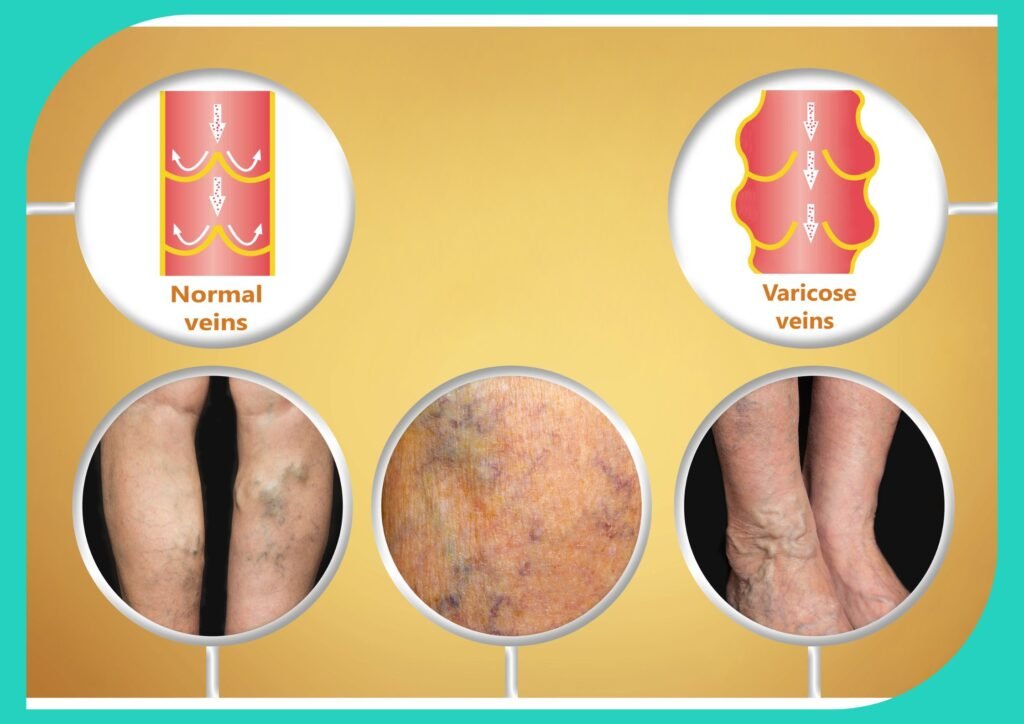
The affected veins may appear blue or purple due to the deoxygenated blood they contain. The risk of developing varicose veins increases significantly as we age. This can be attributed to various factors associated with the natural aging process. Over time, the veins undergo wear and tear, causing them to become less resilient and more susceptible to damage.
Also, circulation tends to decline, worsening the development of varicose veins. Reduced blood flow and compromised venous return can lead to blood pooling in the veins, causing pressure and stretching that results in bulging.
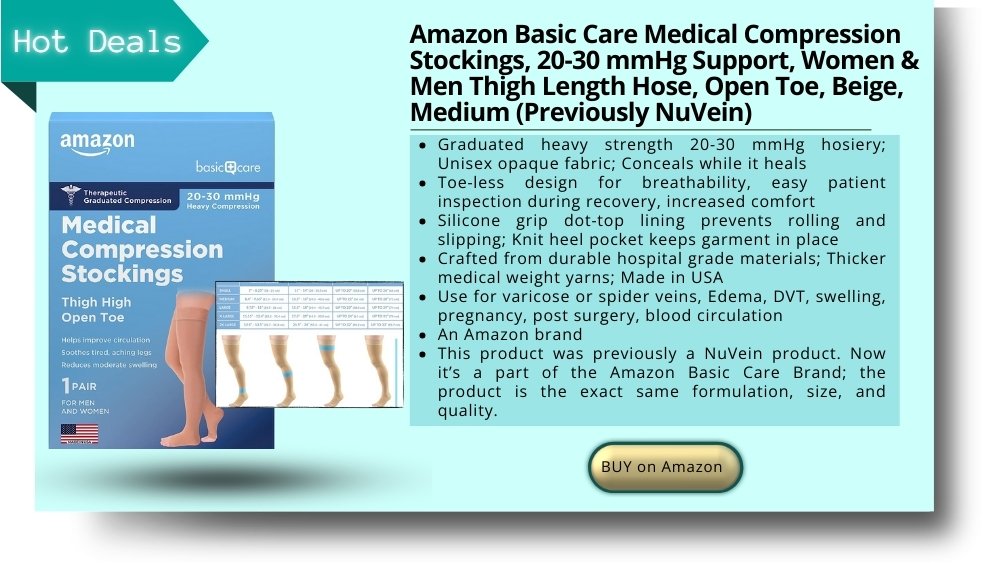
Seniors may also experience hormonal changes that can impact vein health. During menopause, for example, hormonal fluctuations can affect the integrity of the veins and their ability to maintain proper blood flow.
Additionally, muscle tone loss during aging can negatively impact vein health. Weakened muscles are unable to properly support veins, resulting in elevated pressure and the development of varicose veins.
Seniors need to be aware of these age-related factors and their potential influence on varicose veins.
Causes of Varicose Veins in Seniors
Several factors contribute to the development of varicose veins in seniors. These include the following:
Age and Genetics
As individuals age, their blood vessels undergo changes that impact their elasticity, leading to a loss of natural strength and resilience. This age-related decline in vein health contributes to the development of varicose veins.
Furthermore, some individuals have a genetic predisposition to weakened vein valves, which further increases their vulnerability to this condition. The combination of aging and genetic factors creates an environment where varicose veins are more likely to occur.
Prolonged Sitting or Standing
Seniors who lead sedentary lifestyles, whether due to work requirements or limited mobility, are at a higher risk of developing varicose veins. Prolonged periods of sitting or standing without regular movement can lead to poor blood circulation in the legs.
When blood circulation becomes compromised, blood may accumulate and pool in the veins, exerting increased pressure on their walls. Over time, this elevated pressure weakens the vein walls and contributes to the formation of varicose veins.
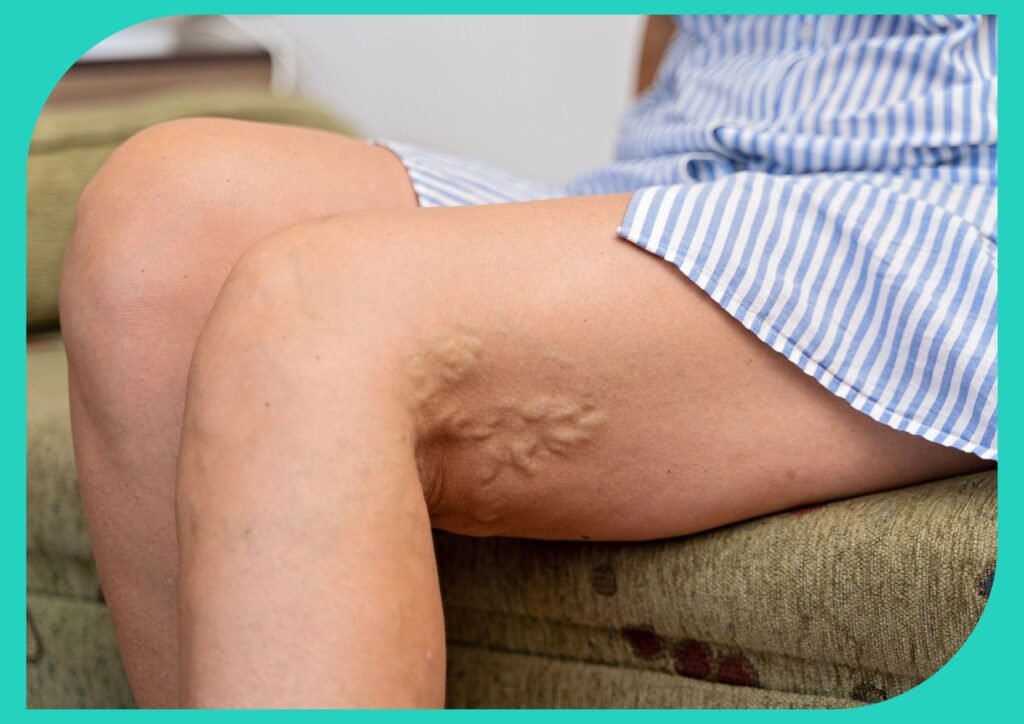
Therefore, it is essential for seniors to incorporate physical activity and regular movement into their daily routines to promote healthy blood flow and reduce the risk of varicose veins. Engaging in regular exercise plays a crucial role in maintaining healthy blood circulation and preventing varicose veins in seniors.
Through exercise, the leg muscles responsible for pumping blood back to the heart become stronger and more efficient. This improved muscle strength enhances the overall blood flow in the lower extremities, reducing the likelihood of blood pooling in the veins.
On the other hand, seniors with a sedentary lifestyle often have weakened leg muscles, which can impair blood circulation and contribute to the development of varicose veins.
Hormonal Changes
Hormonal fluctuations, particularly during menopause, can have a significant impact on vein health in seniors. During this stage, the body experiences changes in hormone levels, specifically a decrease in estrogen production.
Estrogen plays a vital role in maintaining the elasticity and strength of vein walls and valves. As estrogen levels decline, the vein walls and valves may weaken, becoming more susceptible to dilation and the formation of varicose veins.
The hormonal shifts during menopause create an environment where varicose veins are more likely to develop. Understanding the influence of hormones on vein health emphasizes the importance of comprehensive care and management for seniors experiencing menopause-related varicose veins.
Symptoms and Complications
Identifying the symptoms of varicose veins is crucial for early detection and prompt treatment. While each individual may experience different symptoms, the following are commonly associated with this condition:
Visible Enlarged Veins
One of the key indicators of varicose veins is the visible presence of twisted and bulging veins on the skin’s surface. These veins, often found in the legs, take on a distinct bluish or purplish hue. The twisted nature of varicose veins is a result of weakened vein walls and valves, causing blood to pool and the veins to enlarge.
This enlargement creates a noticeable protrusion that can be seen and felt. The bluish or purplish colouration occurs due to the deoxygenated blood within the veins. Recognizing these characteristic visual cues helps individuals identify varicose veins and seek appropriate medical attention and treatment.
Leg Pain and Discomfort
Seniors who suffer from varicose veins often endure a range of uncomfortable symptoms in the affected leg. The most common complaints include aching, throbbing, and a sensation of heaviness.
The severity of these sensations may differ, ranging from mild discomfort to intense pain. Extended periods of standing or sitting can worsen these symptoms by impeding proper blood flow, leading to increased pressure in the affected veins and intensified aching and throbbing.
The heaviness in the leg may feel burdensome and restrict mobility, making daily activities more challenging. To alleviate these symptoms, seniors are encouraged to engage in regular leg movement, elevate their legs when resting, and wear compression stockings or socks.
Seeking medical advice and exploring appropriate treatment options can significantly improve the overall well-being of seniors struggling with varicose veins.
Swelling and Edema
Varicose veins often result in swelling in the legs and ankles, a condition known as edema. The pooling of blood in the affected veins hinders efficient fluid drainage, leading to fluid retention in the surrounding tissues.
This accumulation of fluid causes the legs and ankles to become swollen, which can be uncomfortable and restrict mobility for seniors. The swelling may range from mild to pronounced, depending on the severity of the varicose veins. The increased pressure and fluid buildup can cause a sensation of tightness and heaviness in the affected areas.
Seniors with edema struggle with mobility due to discomfort caused by varicose veins. Lifestyle changes like exercise, leg elevation, and compression therapy can ease swelling and improve comfort. Seeking medical advice is crucial for effective management.
Skin Changes and Ulcers
Severe cases of varicose veins can lead to notable skin changes that include dryness, itchiness, and discolouration. The affected skin may become dry and prone to irritation, leading to persistent itchiness. Additionally, the lack of proper blood flow and nutrient supply to the skin can cause it to become discoloured, appearing darker or mottled.
Moreover, the weakened state of the skin due to compromised circulation makes it more vulnerable to developing ulcers. These ulcers can be painful and slow to heal, posing further challenges for individuals dealing with varicose veins.
It is crucial for seniors with severe varicose veins to seek medical attention and explore appropriate treatment options to prevent and manage these skin changes effectively, ensuring improved comfort and promoting the healing process.

Prevention and Lifestyle Changes
While it may not be possible to prevent varicose veins entirely, seniors can adopt certain lifestyle changes to lower their risk and effectively manage the associated symptoms.
Regular exercise, healthy weight, avoiding prolonged sitting or standing, and elevating legs benefit blood circulation. Exercise strengthens muscles that pump blood to the heart while maintaining weight reduces strain on veins and prevents blood pooling.
Periodic leg elevation aids in reducing swelling and enhancing venous return. By incorporating these lifestyle modifications, seniors can significantly minimize the occurrence of varicose veins and enjoy improved vascular health.
Medical Treatments for Varicose Veins
These medical treatments offer viable solutions for seniors with severe varicose veins. It is important for individuals to consult with a healthcare professional to determine teh most suitable treatment option based on their specific condition and overall health.
By undergoing these procedures, seniors can effectively address their varicose veins, alleviate symptoms, and improve their overall vascular health and quality of life.
Sclerotherapy
Sclerotherapy is a widely used medical procedure for treating severe varicose veins. It involves injecting a specialized solution directly into the affected veins. The solution irritates the vein walls, causing them to collapse and stick together.
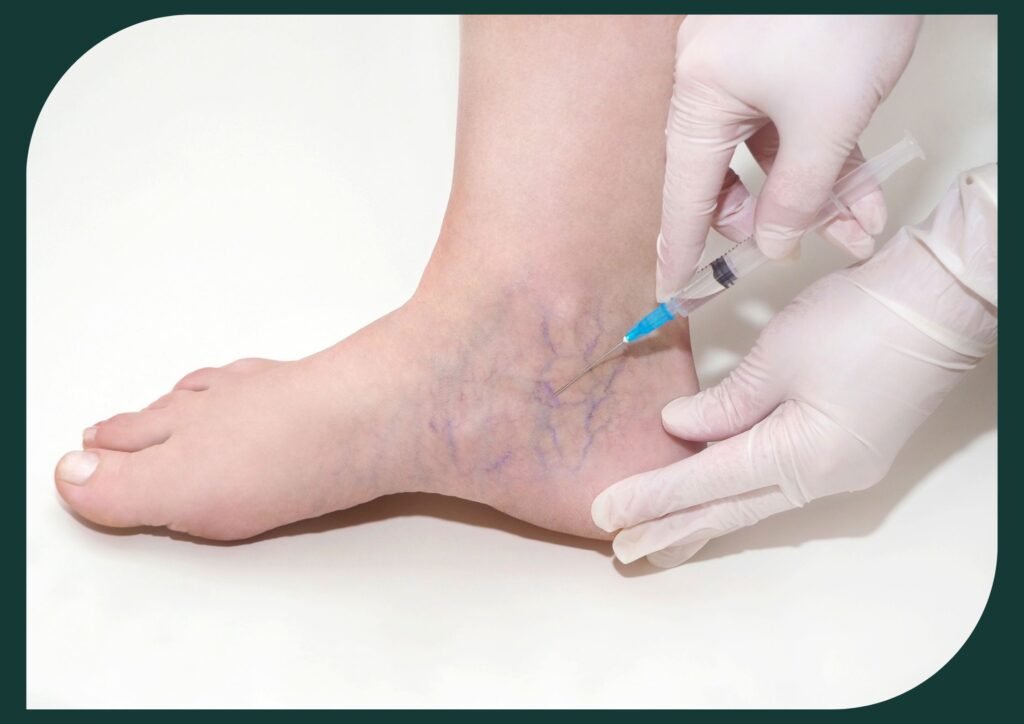
Over time, the closed-off veins are reabsorbed by the body, redirecting the blood flow to healthier veins. Sclerotherapy is typically performed as an outpatient procedure, and multiple sessions may be required for optimal results.
Laser Therapy
Laser therapy, also known as endovenous laser treatment (EVLT), is another effective technique for managing severe varicose veins. During this procedure, a thin laser fibre is inserted into the affected vein through a small incision. The laser emits heat energy, which damages the vein, causing it to close.
Similar to sclerotherapy, the body eventually absorbs the closed vein, rerouting the blood to healthier pathways. Laser therapy is performed under local anesthesia, and patients can resume their normal activities shortly after the procedure.
Endovenous Ablation
Endovenous ablation is a minimally invasive procedure used to treat severe varicose veins. It involves the use of radiofrequency or laser energy to heat the affected vein from the inside. This targeted heat energy causes the vein to collapse and seal shut.
The body gradually absorbs the closed vein, redirecting the blood flow to healthier veins. Endovenous ablation is performed on an outpatient basis and usually requires only local anesthesia. Recovery time is minimal, allowing patients to resume their daily activities soon after the procedure.
Non-Surgical Options for Seniors
Surgical interventions may not always be suitable for seniors. Fortunately, there are non-surgical options available, such as wearing compression stockings or socks. These garments provide graduated pressure to the legs, aiding blood circulation and reducing discomfort.
Natural Remedies for Varicose Veins
Elevating the legs above the level of the heart, particularly during periods of rest or sleep, is an effective method for reducing blood pooling and alleviating swelling commonly associated with varicose veins.
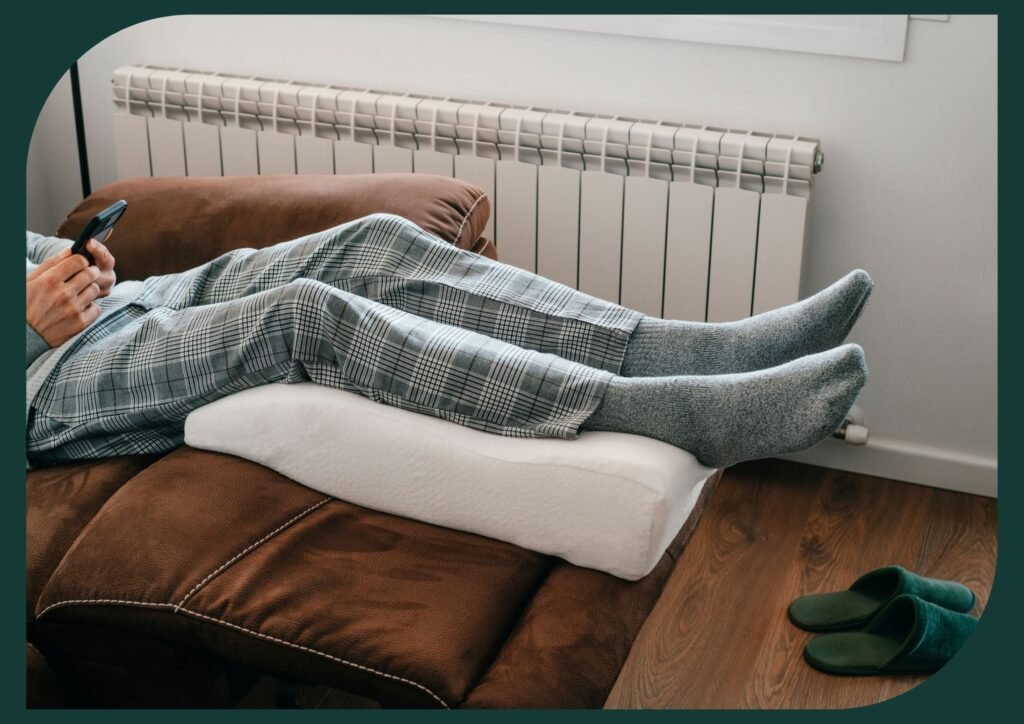
By raising the legs, the gravitational force is counteracted, allowing blood to flow more easily from the lower extremities back towards the heart. This positioning helps to improve overall blood circulation, preventing the accumulation of blood in the affected veins.
As a result, the swelling and discomfort caused by varicose veins are diminished, providing relief and promoting better vein health. Regular leg elevation, along with other lifestyle modifications, can be a valuable self-care practice for managing varicose veins and enhancing overall well-being.
Dietary Recommendations
Maintaining a healthy diet plays a crucial role in supporting vein health and minimizing the risk of varicose veins, especially for seniors. It is recommended that seniors prioritize a balanced diet that includes an abundance of fruits, vegetables, whole grains, and lean proteins.
These nutrient-rich foods provide essential vitamins, minerals, and fibre that contribute to overall vein health. In particular, incorporating foods high in antioxidants and flavonoids, such as berries and leafy greens, can help strengthen blood vessels and improve their elasticity.
Antioxidants combat oxidative stress, which can damage veins, while flavonoids promote healthy blood circulation and reduce inflammation. By adopting a diet focused on these elements, seniors can nourish their veins, reduce the likelihood of varicose veins, and support optimal vascular function.
Compression Stockings and Clothing
Compression stockings are a highly effective tool in the management of varicose veins, offering significant benefits to seniors. These specialized stockings exert gentle pressure on the legs, promoting improved blood flow and reducing swelling in the affected veins.

Seniors can derive maximum advantage by selecting compression stockings that provide the appropriate level of compression as recommended by healthcare professionals. Furthermore, seniors should opt for loose-fitting clothing that does not constrict the waist or legs, allowing unrestricted circulation.
Avoiding tight waistbands or belts can prevent impeded blood flow and provide additional support to vein health. By incorporating the regular use of compression stockings and making appropriate clothing choices, seniors can actively promote healthy blood circulation, alleviate discomfort, and enhance their overall well-being while effectively managing varicose veins.
Cold and Warm Compresses
Cold and warm compresses are simple yet effective methods for obtaining temporary relief from the pain and swelling associated with varicose veins. When experiencing discomfort, applying a cold compress, such as a cold pack or a cloth soaked in cold water, can help reduce inflammation and numb the area, providing immediate soothing relief.
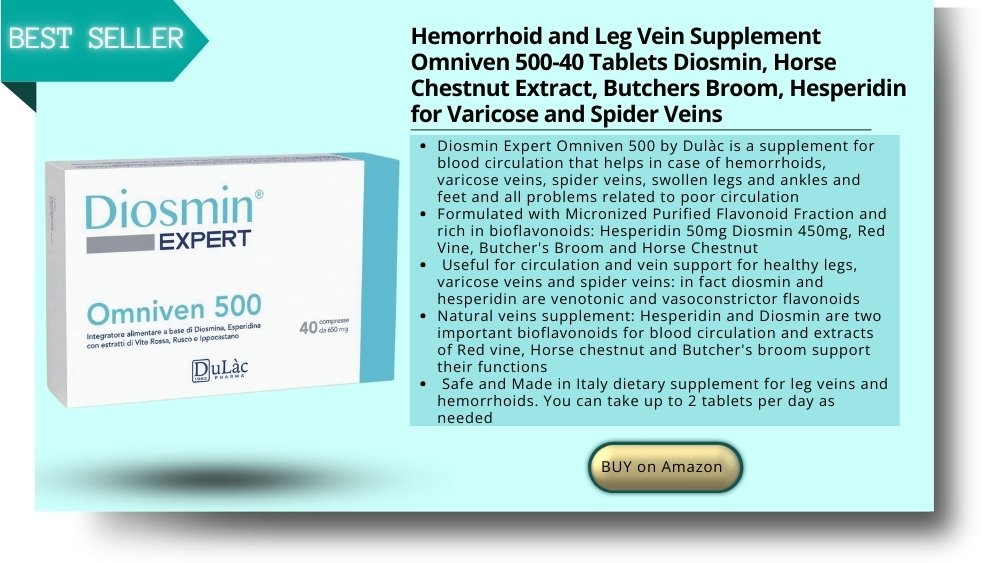
Conversely, warm compresses, such as a warm towel or a heating pad set to a gentle temperature, can enhance blood circulation and relax the affected muscles, relieving pain and reducing swelling. Alternating between cold and warm compresses can also be beneficial, as it promotes blood flow while simultaneously providing a calming effect.
However, it’s important to note that compresses offer temporary relief and do not treat the underlying cause of varicose veins. For long-term management and comprehensive treatment, consultation with a healthcare professional is recommended.
Conclusion
In addition to specific treatments and remedies, maintaining healthy habits is vital for effectively managing varicose veins among seniors. Quitting smoking is crucial, as smoking can impair blood circulation and exacerbate vein-related issues.
Managing weight through a balanced diet and regular exercise is essential, as excess weight puts additional strain on the veins. Staying hydrated is important to support overall vascular health, as dehydration can thicken the blood and hinder proper circulation.
Seniors should also prioritize taking regular breaks throughout the day to stretch and move, avoiding prolonged periods of sitting or standing. Engaging in gentle exercises, such as leg movements or short walks, helps promote blood flow and reduce the likelihood of blood pooling in the veins.
Varicose veins can be a common problem for seniors, causing discomfort and potentially leading to complications. However, with the right approach and awareness, seniors can manage their varicose veins effectively.
By adopting lifestyle changes, exploring medical treatments, utilizing natural remedies, and maintaining healthy habits, they can find surprising solutions to alleviate the symptoms of varicose veins in seniors and improve their overall quality of life.
Disclaimer
The content provided on MySeniors.World is for informational purposes only and is not intended as either financial or medical advice. Always consult a qualified professional before making any investment or health-related decisions.
Posts may contain affiliate links, meaning we earn a commission – at no additional cost to you, if you click through and make a purchase. Your support helps us continue providing valuable content.
